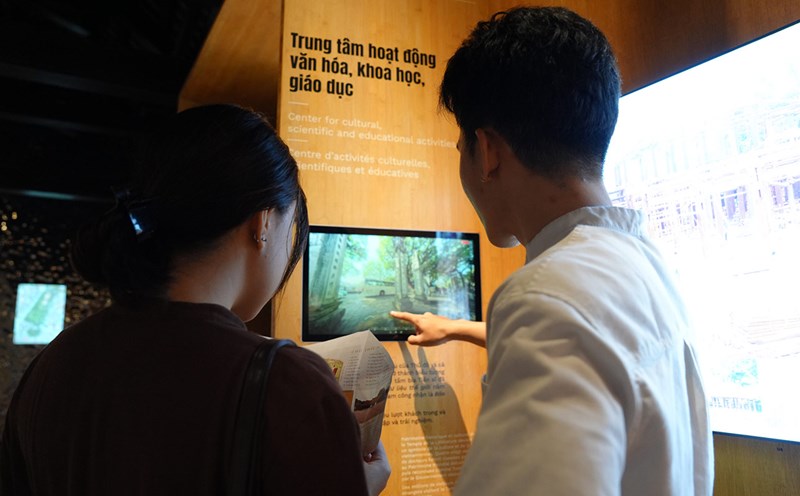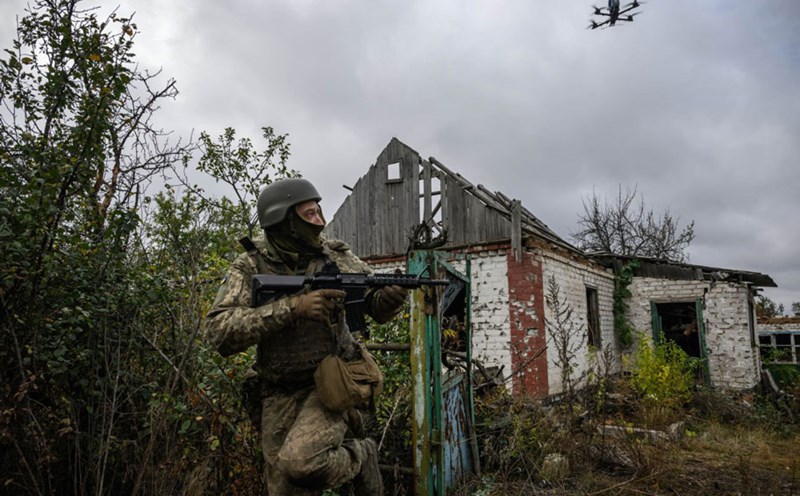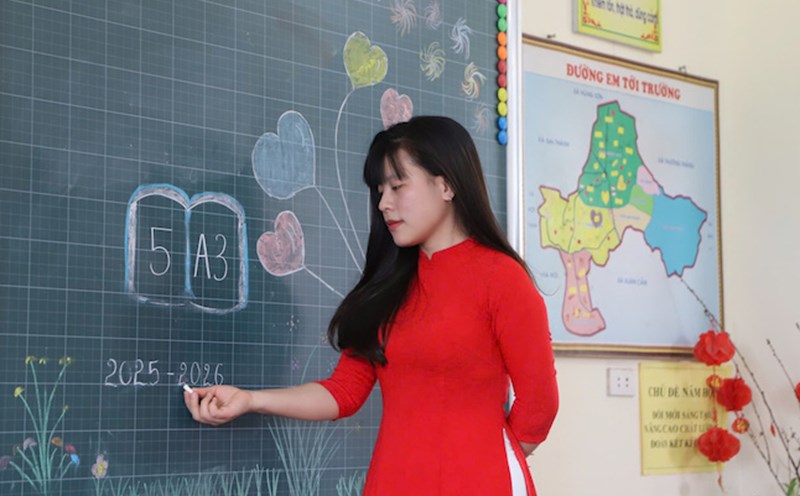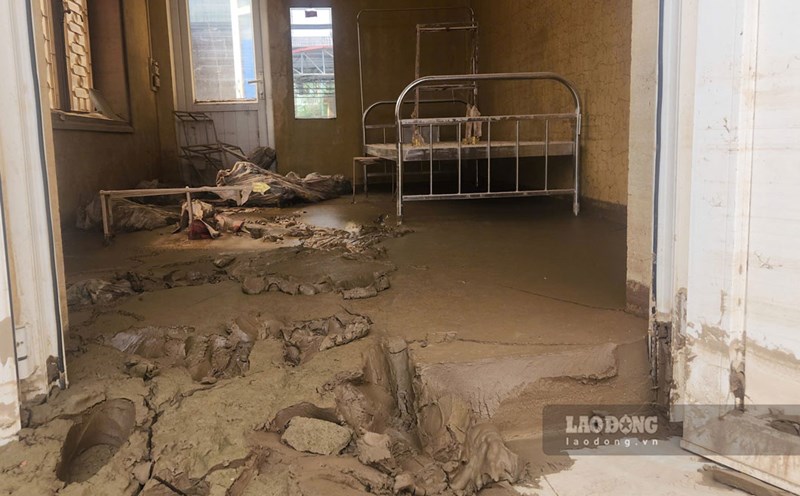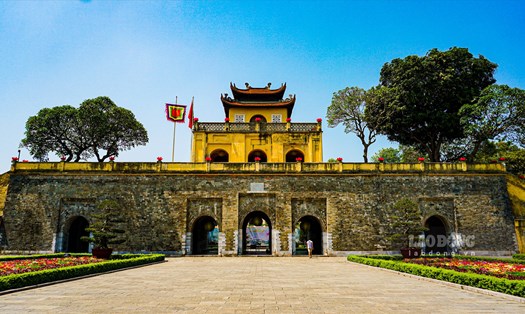The heritage site of the Imperial Citadel of Thang Long - Hanoi was recognized by UNESCO as a World Cultural Heritage, the core remaining part of the Imperial Citadel and Imperial Palace in the ancient capital of Thang Long. This place used to be the center of the Supreme Power of the major dynasties of Vietnam, including Ly, Tran, Le Su, Mac and Le Trung Hung.
It is known that since 2002, scientists in large-scale archaeological excavations have found many royal foundations, northern halls and valuable artifacts. The artifacts not only have profound archaeological values, but also contain cultural quintessence, reflecting the aesthetic level and top-notch crafting techniques of ancient Vietnamese craftsmen.
Among the artifacts found, including pottery, metal, stone, glass and many other treasures, the most prominent is the high-end ceramic collection. These are products that are exquisitely crafted by Thang Long pottery kilns, specializing in serving the royal and court households. Typically, there are fragile, sophisticated white porcelain bowls, or sharply carved reliefs. They demonstrate the level of Vietnamese artisans at the peak of the art of blacksmithing and enology, while clearly reflecting the ritualistic life, daily life and culture of Vietnamese palaces over many centuries.








Each treasure excavated contains a historical story: about the dynasty, about the power of kings, and about the talented hands of ancient craftsmen. The porcelain bowl, pottery, or jewelry found are not only items, but invaluable "mories", together recreating the appearance of Thang Long Imperial Palace in the heart of modern Hanoi.
Not only stopping at material value, Royal treasures also have profound spiritual meaning. They are a testament to the extensive cultural exchange in the Asian region, and are also a symbol of the intelligence, identity and resilience of the Vietnamese people through each dynasty.
Today, the study and display of the treasures of Thang Long Imperial Citadel is not only to admire ancient art, but also to recall a glorious historical period. The pieces of ceramics, usable items, and the remains of the palace have been lost, all of which are gathered into a sound from the past, reminding the modern generation of a capital that was once the heart of the Great Vietnamese nation, the crystallization of the quintessence of culture and power for thousands of years.

